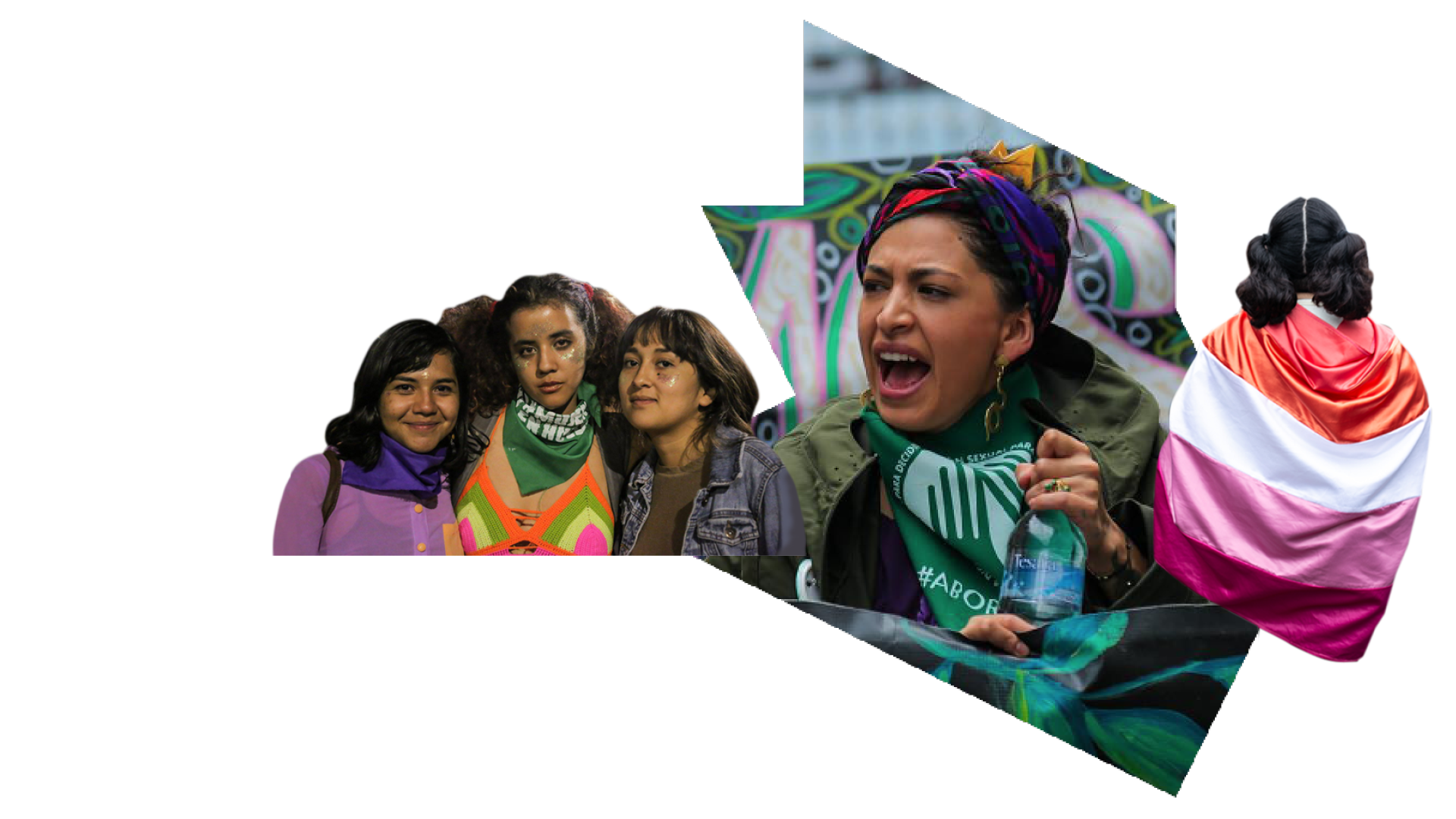
CONTINUED RELEVANCE IN A WORLD ON FIRE:
Global Resilience Fund as a funding mechanism that meets the moment
Five years ago, on the precipice of a global pandemic that exposed and deepened every existing inequality, we launched the Global Resilience Fund (GRF) radical experiment: could we move flexible, feminist money, together as a community of funders – at speed and scale – to girls and young feminists responding to crises? At the time, there was no roadmap, just a conviction grounded in evidence, that girls and young people, so often excluded from traditional humanitarian systems, were already doing the work. And that resourcing and trusting them on their own terms is not only necessary – but a powerful opportunity to transform how we fund crises and humanitarian responses.
Now, five years later, the urgency of that work hasn’t faded–it’s only intensified. We are facing intersecting crises of authoritarianism, environmental collapse, economic precarity, and genocidal violence. Girls and young feminists remain on the frontlines, responding with courage, care and clarity, are still vastly underfunded.
Marking five years of the Global Resilience Fund, it’s not just an anniversary–it’s a reckoning. A moment of recognition within broader movements and escalating crises. It acknowledges that the challenges we face will only intensify, yet new systems are being forged every day by girls and young feminists around the world. The Fund stands as undeniable evidence that a feminist humanitarian and crisis response with and for girls and young people is not only possible–it is happening now. This moment calls us to lift up what has been built and to recommit to the boldness and solidarity this era demands.
Feminist movements are on the frontlines of crisis response, driving systemic change to address the root causes of crisis and injustices. Girls and young feminists are central to this work—both leading and contributing in powerful ways—yet they receive little to no direct funding for their crisis and humanitarian response efforts.
Right now, the importance of core and flexible funding from donors cannot be stressed enough. Our commitment to this way of working is deeply held in our bones—to experiment, underwrite risk and to fund together with others, in ways that are truly responsive, adaptive, and embedded in the ecosystem. For us, this is solidarity in action.
— Rosa Bransky, Co-CEO, Purposeful
We are seeing unprecedented funding cuts across the sector
Women’s rights organisations, movements, and institutions received just 0.34% of total global aid flows in 2022 (down from 0.42% in 2020); in many countries in crisis, they received even less. In Ukraine, which received a historic $29.4 billion in total aid in 2022, they received only about 0.05% of this (less than $14.6 million). (1)
In the last six months, the humanitarian, human rights, development, and gender equality spaces have faced an unprecedented loss in funding, from bilateral funding to private philanthropy to individuals with wealth. The withdrawal of funding from four Global North nations alone will mean a loss of funding to the tune of $73 billion by the year 2027, hitting those working on the human rights and social justice movements hard.
Girls and truly intergenerational approaches were not prioritised to begin with
Girls are not even mentioned in most records of humanitarian spending – only 85 of more than 24,000 project records in 2022 mentioned ‘girls’ in their titles, and even in many of these cases they often do not appear to be the focus; they’re often referenced along with other groups (e.g. “girls, boys, women and men”.) (2)
Even before cataclysmic losses of funding, many actors, including feminist funders, were unable to fund girl- and young women-led efforts at the speed and scale at which their organising takes place. Many larger foundations, INGOs and multilateral agencies are not designed to fund young women or girl-led organisations directly.
We need efforts that enable genuine collaboration, at speed and scale
Built to enable resilience in moments of distress and forge ecosystem-level collaborations, the GRF ensures direct funding and solidarity flow to local leaders both quickly in emergencies and sustainably over the long term.
We do not, and should not, act alone to respond to the critical needs of girls and young people worldwide. As funders, we need to work together—the lives of girls and their communities depend on it. The GRF is a collaborative platform for different actors to come together to deepen solidarity and scale resources for girls and young people directly. It also offers an on-ramp for new funders who wish to fund girls and young people.
1. According to our analysis of the latest OECD data uploaded 22 December 2023.
2. Resourcing Girls to Thrive: Research exploring funding adolescent girls’ rights 2023, p.33-37.


